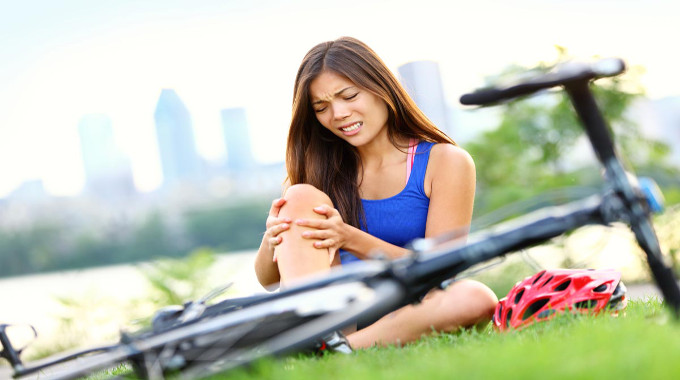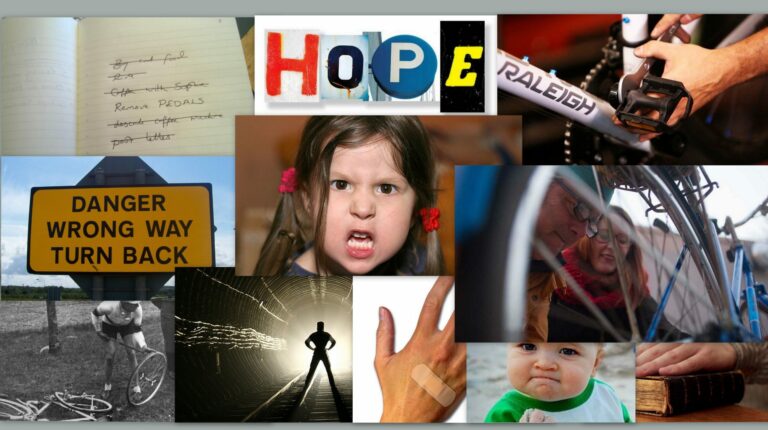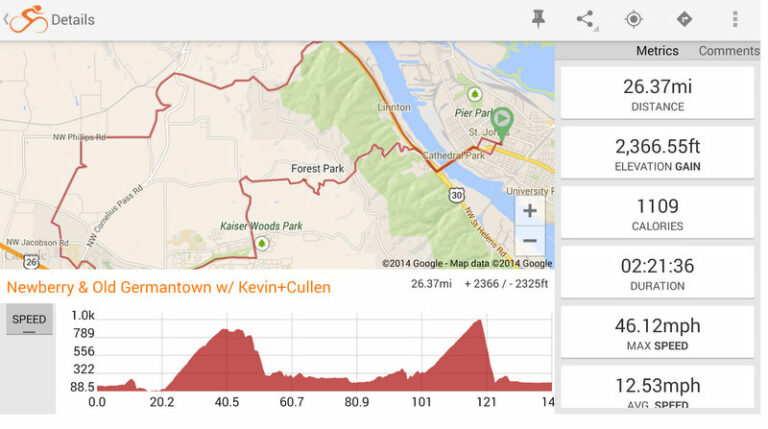
If you’ve been injured while out riding, you may be wondering when it’s safe to get back on your bike. Carla Lodewijks from Six Physio gives her advice on recovering from injury.
1. Rest
It might be tempting to try to cycle through the pain, but if you have an injury it’s best to rest it.
Rest is essential to recovery, as Carla says: “Exercising causes damage to the muscle cells at a micro-level. It is essential to build in rest time to allow for the cells to heal. As the cells heal, they become stronger and thicker which is how the muscle strengthens. If you don’t allow the rest period, the weakened cells become weaker and weaker until they reach a point of failure – in other words, injury.”
There’s no fixed time you should rest, according to Carla. “It depends on fitness levels and the extent of training. In principle, your muscle and fitness capacity should exceed the requirements of any cycle ride in order to prevent injury. Listen to your body – if you feel fatigued, rest!”
If you’re concerned about keeping your fitness levels up while you recover, try a different form of exercise that doesn’t put any strain on your injury.
2. Check your bike set up
Some of the most common cycling-related injuries can actually be caused by your bike set-up, so unless you get it fixed your injury may flare up again once you’re back on your bike.
“Cycling is all about angles and a bike should be fitted specifically to you to ensure the foot, knee, hip spine and shoulders are at the correct angles to your limbs and body,” says Carla.
Having your bike set-up assessed by a physiotherapist can help identify any problem areas. “The physio will use half the bike fitting assessment with you on the bike looking at positioning and bike mechanics. They will then assess biomechanics, muscle strength and areas of restriction or inflexibility off the bike. They may then give you some specific exercises to help you reach the best position on the bike.”
3. Self-care
There’s a lot you can do at home to help with your recovery. Painkillers such as ibuprofen can reduce any inflammation as well as dealing with the pain. Regular ice packs can also help with any swelling.
If your muscles are tight, a foam roller can help to soothe them. And don’t forget that yoga is great for stretching muscles and reducing any tightness.
4. Consider seeing a physiotherapist
“If you feel uncomfortable or achy when you cycle it may be worth going to see a physiotherapist as they can generally help you to eliminate these areas of discomfort,” Carla advises.
A physiotherapist will also be able to give you some specific exercises to help with injury recovery and prevention. Carla says: “For example, shoulder or back pain is often caused by a lack of mid-back flexibility and incorrect spinal and pelvis alignment. A physio can provide exercises to improve flexibility and alignment.”
5. Build things up slowly
You may be raring to go, but if you’re recovering from an injury don’t try to ride at your pre-injury level immediately. Carla advises: “Assess how your body feels during the ride, immediately after the ride and most importantly, the next day, and only increase one element at a time. For example, speed or distance. Ensure you take regular breaks and keep hydrated to give your muscles respite.”





